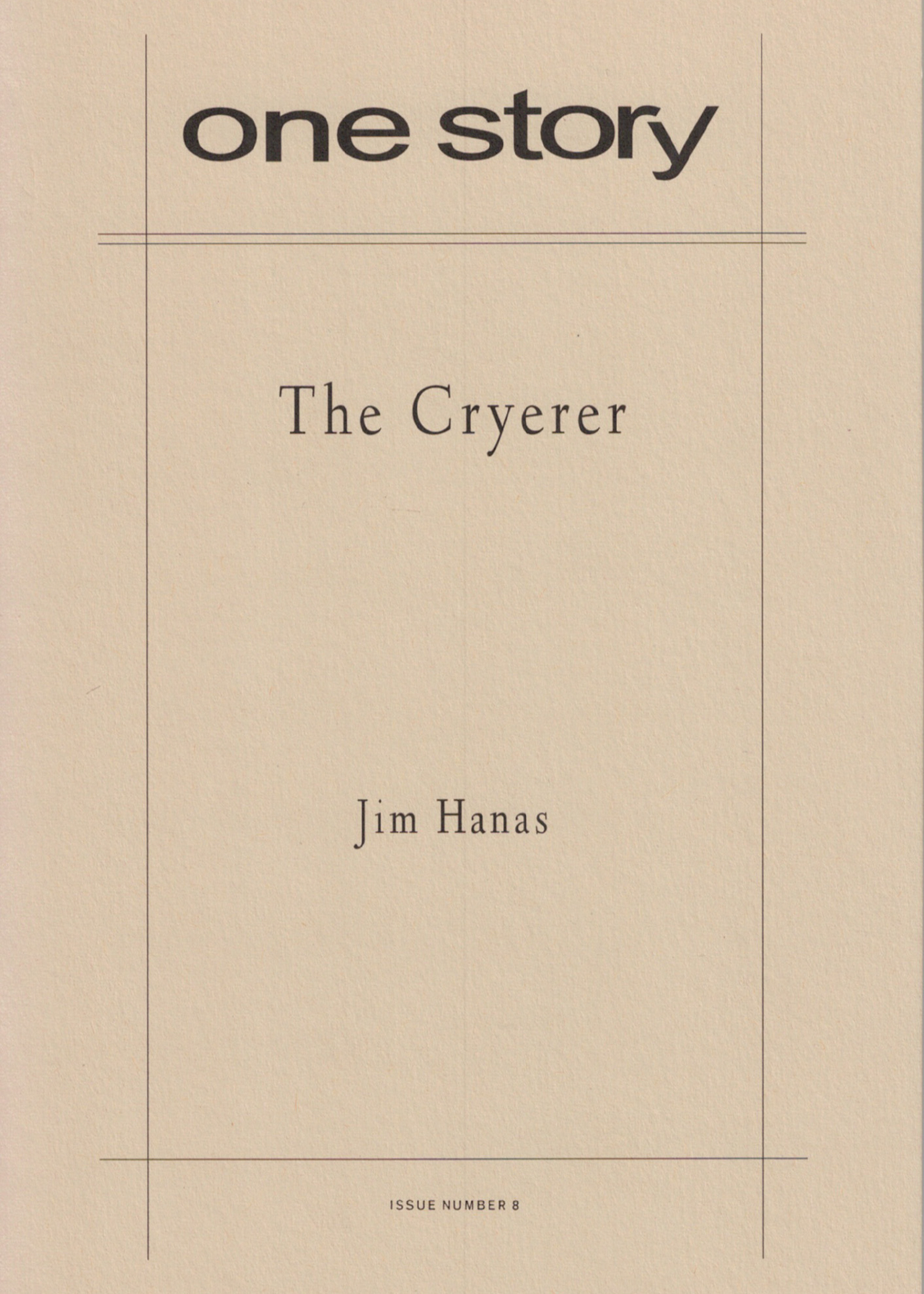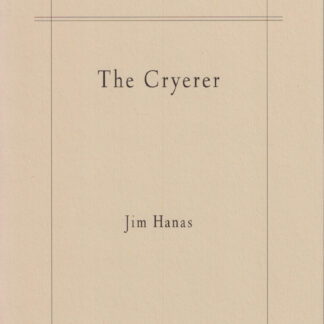
The Cryerer
23 in stock
Excerpt
When his Agent called, the Cryerer was sleeping in the Valley. The sun, already up for hours, had long overpowered the air conditioning unit that hummed in his ear, and he woke as always, pasty and flush; moist in a malarial way that felt like, but was not, a fever. He lurched out of bed and patted around for his cell phone. He patted pants and coats and towels and magazines and all over the bedspread, wiping sweat from his face with a damp forearm, before locating the phone on the floor between the bed and the ash-covered nightstand.
Jim Hanas
A native of northern Kentucky, Jim Hanas’ short fiction has appeared in McSweeney’s and Bridge, and he has contributed to Modern Humorist, Salon, SOMA, Gadfly and In The Times. He is also the online editor of Advertising Age’s Creativity magazine where he edits the website AdCritic.com. Currently, he is finishing a novel set in Memphis, where he spent the 1990s as a grad student, a music critic and a feature writer.
Q&A by Hannah Tinti
- HT: Where did the idea for this story come from?
- JH: My process isn’t particularly rational. When I moved to Manhattan I noticed that the city’s lack of privacy forced people to play out all sorts of emotional dramas in public—arguing, breaking up, accusing each other of things, all where everyone could see. In a few months, I’d seen more strangers cry than I’d seen in my entire life. This led to a very bad idea for a story/catalog about why people cry. That story didn’t make it, but part of it became “The Cryerer.”
- HT: Most of the direct conversations in “The Cryerer” take place over cell phones, and most of the scenes start with a call. Why did you choose the cell phone as a structural device?
- JH: It’s not about the cell phone, but the calls. Calls always come in the middle of something, so it was a good device for creating thick black borders while maintaining, and even gaining, momentum. I thought a lot about Nathaniel West’s Miss Lonelyhearts while working on this story. West thought of it as “a novel in the form of a comic strip” and I wanted that same sudden, episodic pace—like a TV drama.
- HT: Have you ever worked in the film industry?
- JH: Near it. I edit a website about the advertising and commercial production industries.
- HT: How long did it take you to complete this story?
- JH: Almost a year, which is about average. I let things sit a long time between revisions. I have to stay away from a story long enough to forget where the seams are before I can pick it up again.
- HT: What is the best bit of advice about writing you have ever received?
- JH: It wasn’t offered as advice, but I once interviewed George Saunders and he said style was as much about what you’re not good at as what you are. What a relief.
